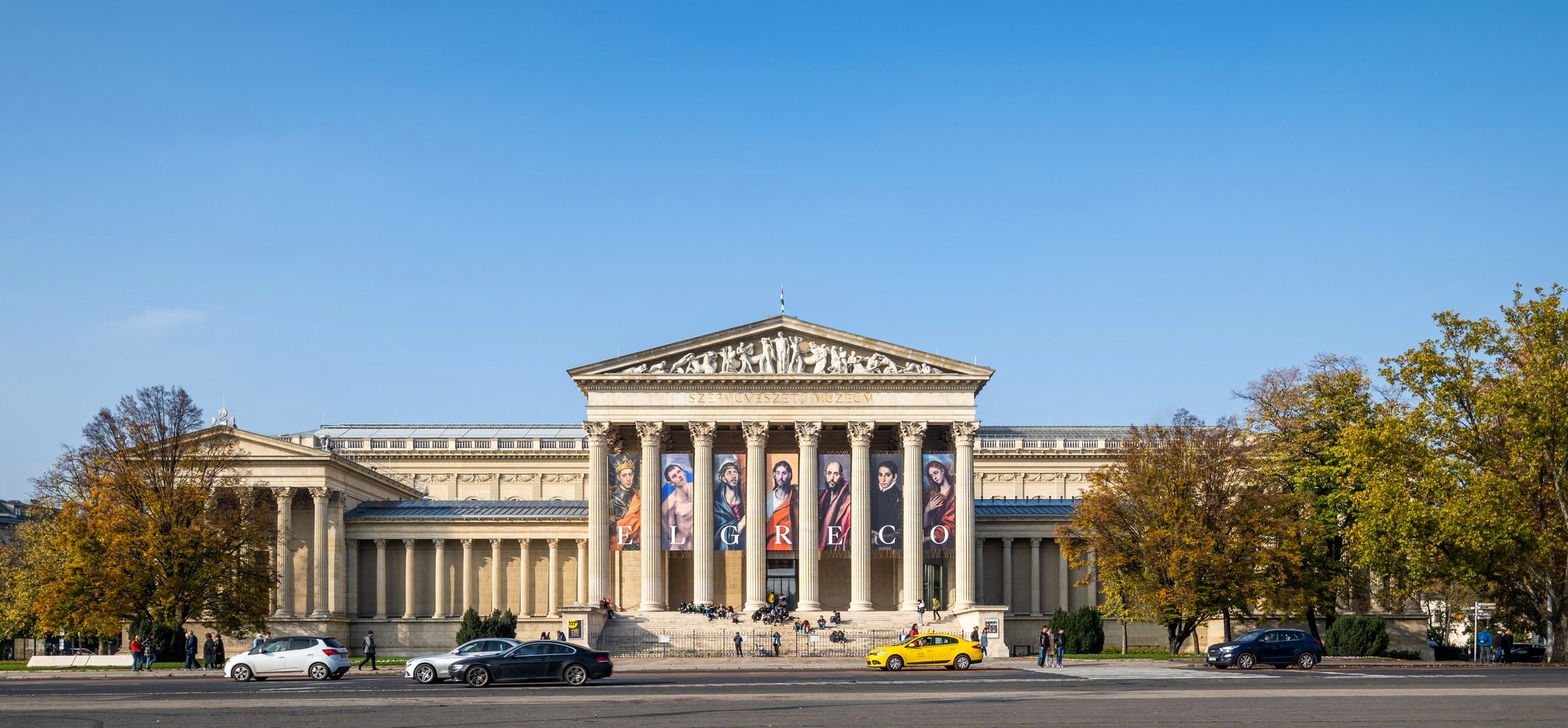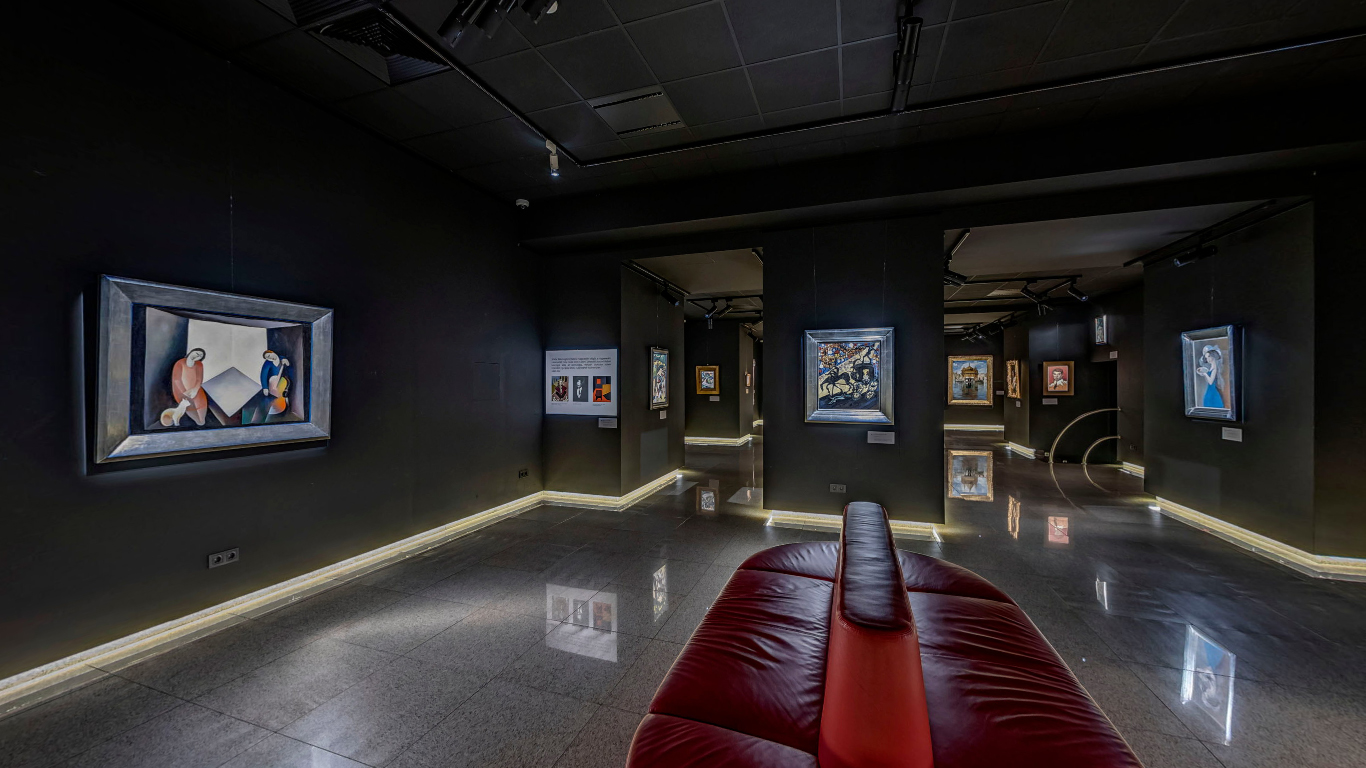
This exhibition continues a series that fosters dialogue between old and contemporary art.Continue reading

Visitors of the Judit Virág Gallery’s auction exhibition will once again have the opportunity to see some of the most important artists in Hungarian painting until May 12. The walls of the imposing Budapest gallery will be adorned with material from both the 75th spring auction and the 14th auction of post-war and contemporary works.
According to Magyar Nemzet, the exhibition features pieces by artists such as József Rippl-Rónai (1861-1927), Béla Kondor (1931-1972), Jenő Gábor (1893-1968), Ilona Keserü (b. 1933), and Imre Bak (1939-2022). In the spirit of an art-historical adventure, here are the background stories of three fascinating paintings to get you in the mood for the exhibition.
Béla Kondor was a student at the University of Fine Arts between 1950 and 1956, a period in Hungarian art history typically associated with the 1950s and socialist realism. His diploma work (the Dózsa-series) had a significant impact: he was noticed not only by his fellow artists, but also by critics. Throughout his career, he often had to contend with the dictates of official art policy. His narrative art, linked to the great traditions of the past, did not align with the avant-garde.
Formally, Two Heads (1958) represents two well-defined and distinctly Condorian pictorial types, in which the artist confidently combines elements of his formal, instrumental, and symbolic library with various artistic traditions, which became key elements in the work as a whole.
A frequent participant in the gallery’s auctions and exhibitions, the pharmacist-turned-painter genius went to Paris in March 1887, after a significant detour to Munich at the beginning of his career. There he met Mihály Munkácsy (1844-1900), who took him on as his assistant. For three years, he copied the master’s paintings for the American art market. However, after their professional separation, one of his major works, Woman with a Birdcage (exhibited in the Hungarian National Gallery), was created in 1892, bearing witness to all the expressiveness, specific color culture, certainty of form, and uniqueness that characterized his ‘color reduction’ or ‘black’ period in Paris from 1889 to 1901. Hundreds of portraits testify to his lightness of touch, unique in the history of Hungarian painting, to the intensity of his powers of observation, and his insight into character, stimulated by invisible means. The outstanding work of this period is his series of portraits of immortal personalities published in the literature magazine Nyugat.
Jenő Gábor, who played an important role in the artistic life of Pécs from 1919, is best known today as the master of Tihamér Gyarmathy (1915-2005) and Ferenc Lantos (1929-2014), who together discovered the unique scenes of modern city life and the modern artistic aspirations that reflected them. This oil painting of one of France’s most important national holidays is a pure expression of the Art Deco style in the artist’s oeuvre. July 14, 1789, marked the outbreak of the French Revolution when the people of Paris destroyed the Bastille fortress, a symbol of a kingdom in the throes of public hatred. This work is one of the most representative of his oeuvre, but it is not an isolated work, as is the painting Le Havre, in the collection of the Janus Pannonius Museum in Pécs (southwestern Hungary).
Via Magyar Nemzet; Featured Image: Facebook / Art and Antique